The Deeply Layered Relationship: Japan’s Affection for Ancient China Versus its Ambivalence toward the Modern State
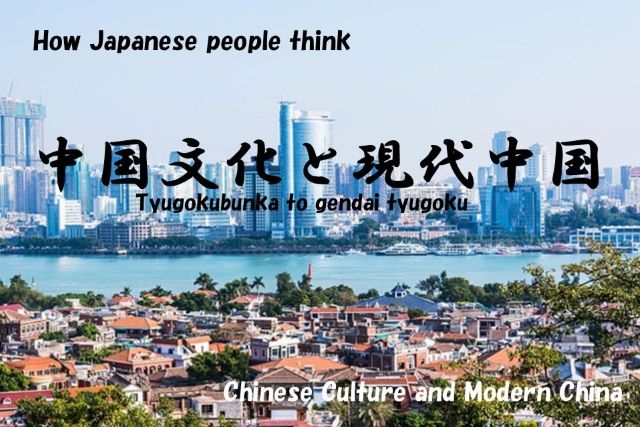
The recent relationship between Japan and China has been marked by a palpable and delicate tension. On one hand, many Japanese people express disapproval of the Chinese government’s official spokespersons, who often appear stern-faced and aggressively self-righteous in the media. Similarly, the disregard for Japanese social etiquette and public civility shown by some Chinese visitors—such as littering or speaking loudly in public spaces—is a point of friction.
Despite these immediate irritations, the Japanese people maintain an unwavering admiration and profound respect for the entirety of Chinese history and classical culture.

Literary Reverence: Novelists and the Chinese Narrative
The Japanese are well aware that the foundational design of their nation was significantly shaped by the culture and institutions brought back by envoys like the Kenzuishi 遣隋使(to the Sui Dynasty) and the Kentoushi 遣唐使(to the Tang Dynasty). The very term Kanji 漢字(“Han characters") explicitly acknowledges their origin. There is no major denial of this historical debt; quite the opposite, there is a deep-seated fondness for Chinese history.
Japanese novelists have penned numerous tales set in China. Eiji Yoshikawa famously reinterpreted The Romance of the Three Kingdoms (Sangokushi 三国志)and Water Margin (Suikoden 水滸伝) for a Japanese audience. Ryōtarō Shiba’s travelogues of China are highly regarded, and his account of Xiang Yu and Liu Bang (項羽と劉邦)became a bestseller. Other examples abound: Masamitsu Miyagitani’s work on Gongsun Long(公孫勝. Baku Yumemakura’s legendary tale Kūkai(空海) set in China, and Yoshiki Tanaka’s Sōryūden(創竜伝)—a novel clearly born of a love for Chinese narratives. In the world of manga, Yasuhisa Hara’s hugely popular Kingdom, Daijiro Morohoshi’s Shokai Shii (諸界志異)and Saiyū Yōenden(西遊妖猿伝), and even the light novel-turned-anime The Apothecary Diaries all draw upon Chinese-style settings.
Personally, I am captivated by Yoshikawa’s rendition of the Suikoden. The reckless rampages of characters like Lu Zhishen (the “Flowery Monk"花和尚魯智深) and Li Kui (the “Black Whirlwind"黒旋風李逵) are exhilarating. Yet, even the supposedly gentle heroes like Lin Chong (the “Leopard Head"豹子頭林冲) or the respected Song Jiang (the “Timely Rain"及時雨宋江) commit acts of murder. Wu Song(武松)’s drunken slaying of a tiger and Shi Jin(九紋龍史進)’s abandonment of his village for the sake of friendship with bandits are thrilling exploits.
However, by contemporary Japanese standards, the daily lives and actions of these very heroes are nothing short of utterly destructive. Lu Zhishen drinks and fights even while living in a temple, causing chaos and disturbing the peace. Li Kui violently disrupts a restaurant when they lack fine fish. Ultimately, they form a massive anti-government force at Liangshan Marsh(梁山泊) For those outside the Liangshan 梁山泊)group, life must have been unbearable—though one might argue that the oppressive politics and corruption of the officials, such as the antagonist Gao Qiu(高俅), made the extreme response justifiable.
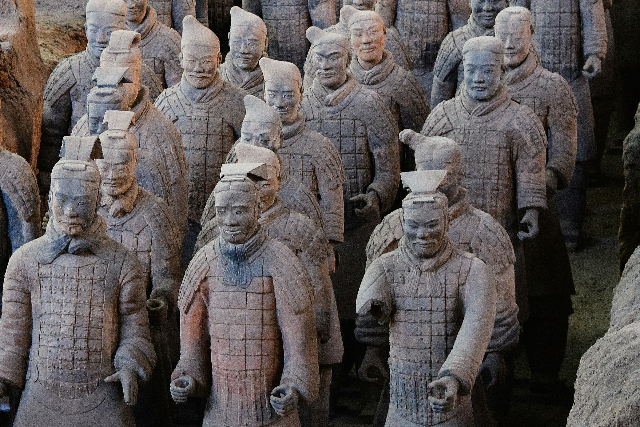
Enduring Affection for Chinese Classics and Lore
Beyond history, Chinese cuisine and short dramas are popular in Japan, and many are fascinated by the tales behind Zen words(禅語) and historical idioms (Kojlseigo 故事成語). These concepts are firmly entrenched in the Japanese language. Take, for instance, the word “Kanpeki" (完璧 – perfect). Though users may be unaware, this term originates from an anecdote in the Warring States period of China. It is commonly used today, often as the equivalent of the English “perfect." The catchphrase of the genius surgeon in the TV drama “Shūgorō Hatomura" after a successful operation is “Kanpeki no peki(完璧の璧)” (The peki of kanpeki).
The character Peki(璧) refers to a type of Gyoku(玉) favored by the Chinese—not a ball used in sports, and they are not the objects between the legs of men who are called “ballless."
It is a treasured gemstone (gyoku). Since ancient times, Chinese people have prized translucent, smooth gyoku, with the white “mutton-fat gyoku 羊脂玉" jade from Khotan (Hotan和田) in Central Asia being particularly valued. It is from a story concerning such a gyoku that the idiom ”Kanpeki ”was born.
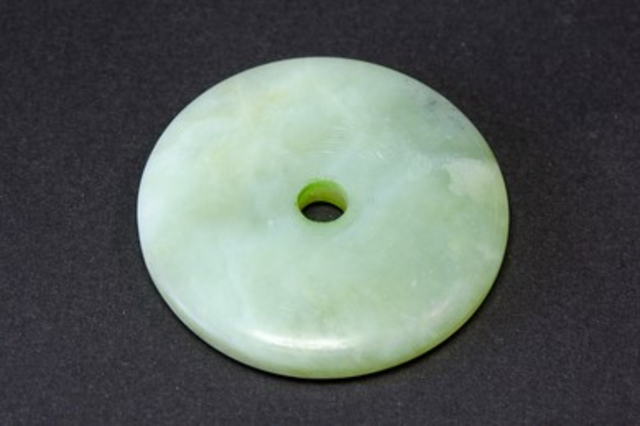
During the Spring and Autumn period, there was a man named Bian He (下和)from the state of Chu(楚). He discovered a fine gyoku stone in the mountains and presented it to King Li of Chu. The king’s appraiser dismissed it as a mere common rock, and in his anger, the king ordered Bian He’s left foot to be amputated.
After King Li’s death, Bian He presented the stone again to the new King Wu, only to have his remaining right foot severed for the same reason. The severity of the punishment is shocking, but Bian He’s sheer determination to present the stone is equally remarkable—a testament to the intensity of that era’s spirit.
When the subsequent King Wen ascended the throne, Bian He wept for three days and nights while embracing the stone. Intrigued, King Wen ordered the raw stone to be polished, revealing a magnificent jade disk. King Wen apologized for the previous kings’ errors, honored Bian He, and named the treasure the “Kashi no heki" (和氏の璧 – Bian He’s gyoku).
The Kashi no heki reappeared in the Warring States period in the possession of King Huiwen of Zhao. King Zhaoxiang of Qin coveted it and proposed a trade: fifteen of Qin’s cities for the Kashi no heki . King Huiwen suspected a trick, but Qin was a powerful state that could not be easily dismissed. A courtier named Lin Xiangru (藺相如)volunteered to go to Qin to negotiate.
Upon arrival, Lin Xiangru confronted King Zhaoxiang with an expression so fierce that his “hair raised to hit the heavens." Through a negotiation that staked his very life, he successfully secured the promise to return the disk to Zhao. This famous scene from the Records of the Grand Historian (Shiji) resulted in Lin Xiangru completely fulfilling his mission. It is this tale of perfect accomplishment—the safe return of the jade disk—that led to the idiom Kanpeki.

Cultural Assimilation: Chinese Stories Gentled in Japan
The Japanese love these idioms and the stories behind them, often adapting them into Japanese settings. The Ming Dynasty collection of supernatural stories, Jian Deng Xin Hua(剪灯新話), contained “The Tale of the Peony Lantern(牡丹燈記)," where a daughter’s ghost kills a young man. This was adapted into the Japanese ghost story “Kaidan Botan Dōrō."
Similarly, the Noh play “Hachi no Ki 鉢の木" (“Bonsai 盆栽"), which embodies the spirit of the Kamakura samurai, has Chinese roots. The story tells of the impoverished samurai Sano Gen’emon(佐野源左衛門, who offers his cherished bonsai—plum, pine, and cherry—as firewood to warm a traveling monk seeking shelter. The monk, who was secretly the former regent Hōjō Tokiyori(北条時頼), was deeply impressed by Gen’emon’s spirit: “Though I live a life of poverty, I have maintained my horse and my armor. I have not forgotten the readiness to rush to Kamakura at the first call." Tokiyori later elevated Gen’emon’s status.
The Chinese source material for this story is far more visceral. During the Three Kingdoms era, Liu Bei(劉備), defeated in battle by Lü Bu(呂布), took refuge in the home of a hunter. The hunter was so poor he had no food to offer, so he killed his own wife (or child, in some versions) and cooked her flesh to serve as a meal. Liu Bei, profoundly grateful, later recounted this tale widely. Regardless of the version, the intensity is astounding.
China has historically been a society marked by intense authoritarianism, repeated invasions by foreign peoples, endless warfare, and famine caused by natural disasters. It is a harsh environment where many have had to endure. An old Chinese teaching is “Chi Ku" (吃苦), which literally means “to eat bitterness"—to swallow all suffering.
Individuals born into poverty in China, such as the entrepreneur Christine Chen, have later credited this philosophy with their success after immigrating to the US. Chinese peasants historically endured oppression through Chi Ku. This necessitated a strong, uncompromising character to survive. If one were as deferential as a Japanese person, they would quickly be stripped bare.
Interestingly, the meat-filled buns (mantou) popular in China evolved in Japan, where the meat filling was replaced with sweet red bean paste (azuki). While Chinese meat buns are delicious, the gentle sweetness of the daifuku with azuki paste is equally delightful. It seems that both Chinese historical tales and even food tend to become softer and gentler upon their assimilation into Japan.

The Challenge of the Present-Day Chinese Visitor
Japan’s geography—abundant nature, easy access to water and food, and protection by the sea against most foreign invasions—combined with a system where the Emperor never exercised absolute political despotism, created an environment opposite to China’s. This, along with genetic influences from people who arrived via the Kuroshio current from the South Seas, contributed to the development of a milder national character. Consequently, the extreme original Chinese material was subtly refined and softened in its Japanese version.
Chinese society functions on a balance of strong assertions leading to compromise. Japanese society, by contrast, operates on mutual deference and consideration. The rapid, large-scale influx of assertive Chinese individuals into this gentle Japanese social environment has caused significant confusion. The honest feeling of many Japanese is: “We love China, but we find the current visitors, with their strong individualism, difficult to manage."
However, most Japanese people believe that if Chinese visitors simply abide by the rules of Japanese society, they will be accepted. Indeed, the communities in Yokohama and Kobe Chinatown have successfully integrated. They have respected Japanese customs, conscious of their residence in Japan while preserving their own culture. That is why they have thrived.
The problem lies with more recent arrivals who attempt to live exactly as they would in China, often failing to observe simple rules for garbage disposal or cell phone use. This increases friction with Japanese citizens, leading to a breakdown in harmony. The reasons for this shift—whether it is a difference between old and new generations of Chinese, the sheer increase in numbers, or their arrival from a more affluent society—remain unclear.
Nevertheless, the fundamental Japanese affection for China remains unchanged. Harmony is certainly achievable: if Chinese residents make an effort to study and observe Japanese social rules, success will follow. Likewise, if Japanese people delve into Chinese culture, stories, and idioms, gaining a deeper understanding of the Chinese temperament, the relationship is bound to improve significantly.
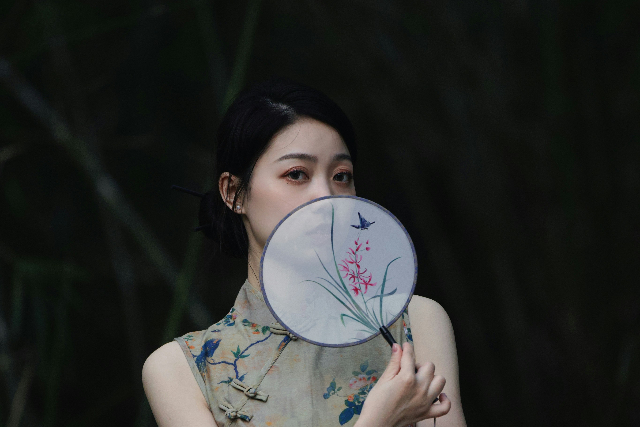
Something like a conclusion
In essence, the Japanese relationship with China is a profound historical embrace mediated by a cautious contemporary handshake. The Japanese soul is inextricably woven with the threads of Chinese classics, philosophy, and history; this cultural reverence is a permanent fixture.
The current friction is not a rejection of this deep cultural well, but a challenge arising from the sudden, large-scale encounter between two fundamentally different social operating systems: one built on assertive individual expression, the other on subtle, mutual deference.
Moving forward, the path to sustained harmony lies not in denying the complexity, but in acknowledging the “dual lens": fostering continued mutual respect for the shared cultural heritage while proactively engaging in social education and patience on both sides.
Only by bridging the deep historical connection with a conscious effort to navigate modern behavioral differences can the “close yet distant" relationship evolve into a truly cooperative and respectful one.
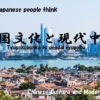


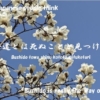

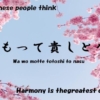
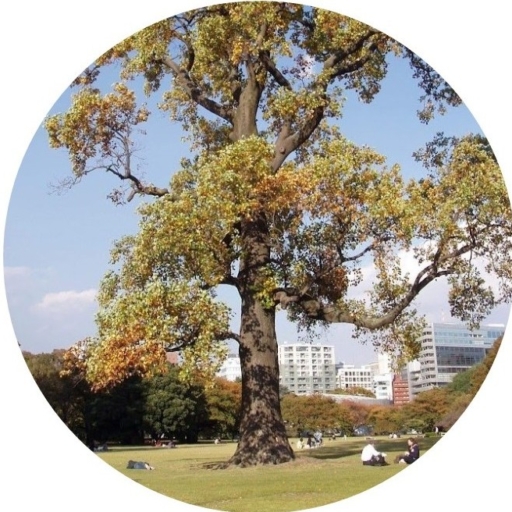

ディスカッション
コメント一覧
まだ、コメントがありません